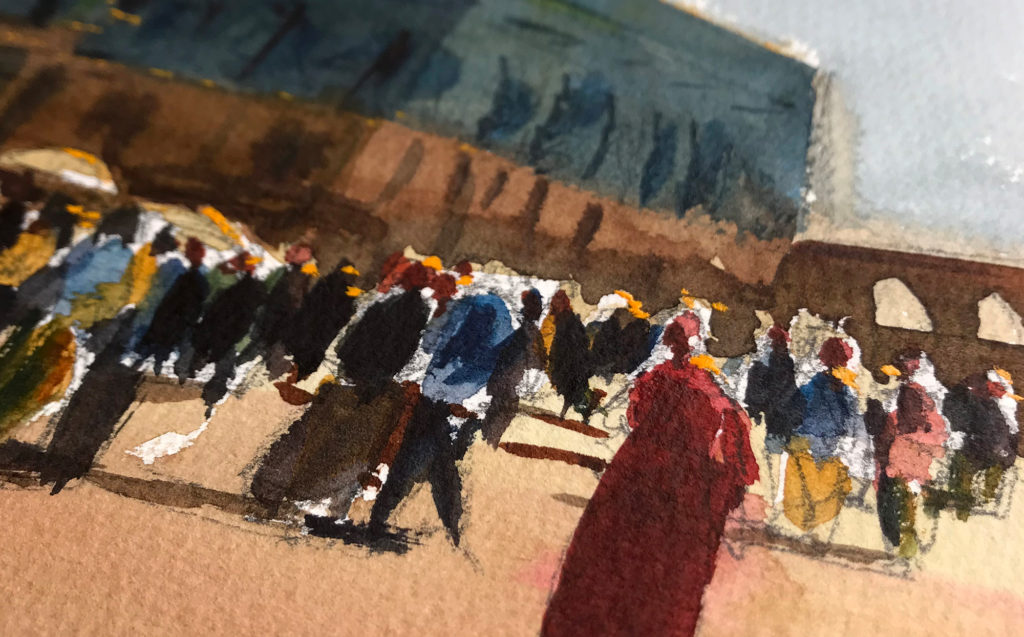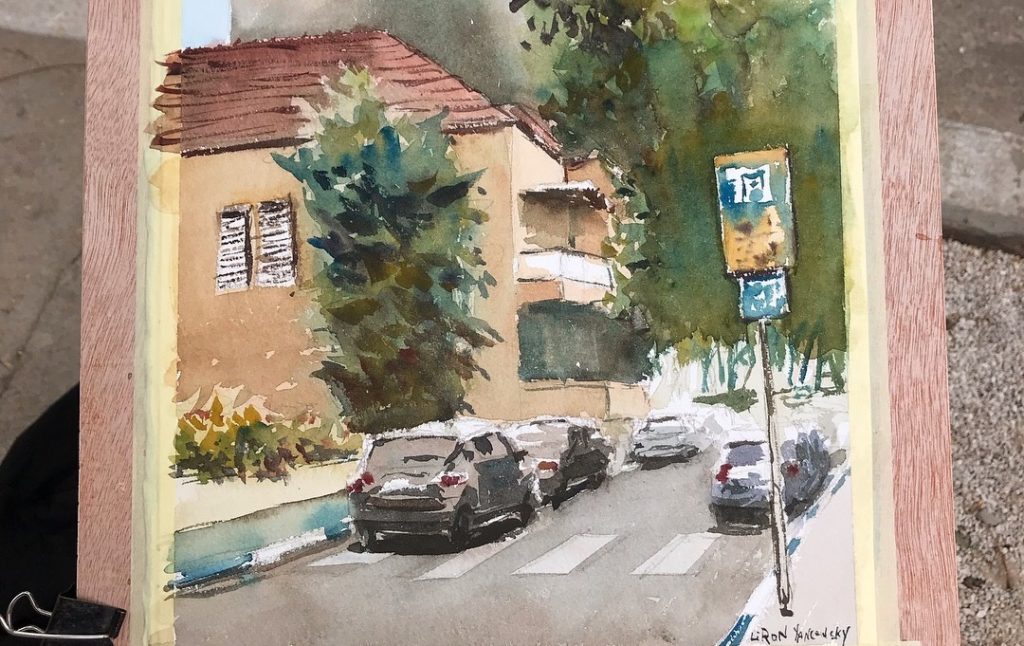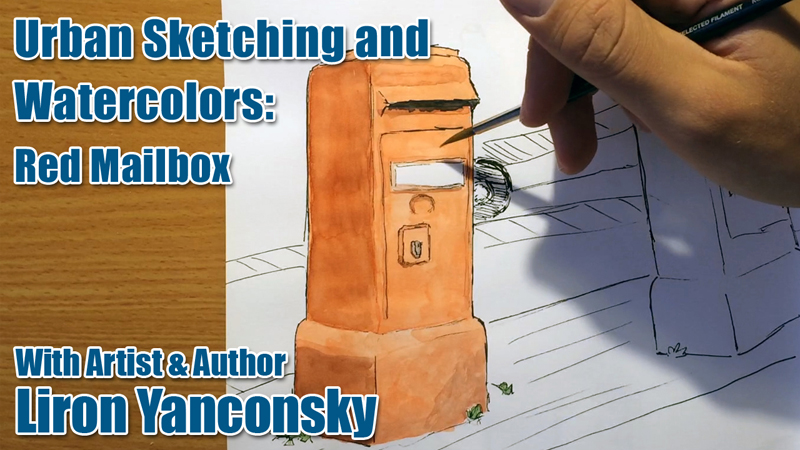Should You Mix Watercolor Paint Brands? Painting Advice!

In today’s episode (76) of my podcast, I want to answer a question I received several times – Should you mix multiple watercolor paint brands? The Importance of Watercolor Brands The question at hand may be tactical, but my answer is also an indication of my general approach to painting and art. I always try […]
Use Pure Colors in Your Watercolor Painting

Hi there! Today I want to present to you a painting process I did a while ago. It’s not my best painting. However, it’s an experiment I did with preserving the purity of colors and letting them mix on the palette. You can watch the entire process below, and scroll down for the written version […]
How to Paint an Urban Sketch (watercolors) – Red Mailbox

Hey friends! In this video I show you how to paint an urban sketch I made a while ago! I use watercolors for this sketch, and try to keep the color scheme as simple as possible. Watch the video first, and then read on for my key tips on how to paint with watercolors (= […]